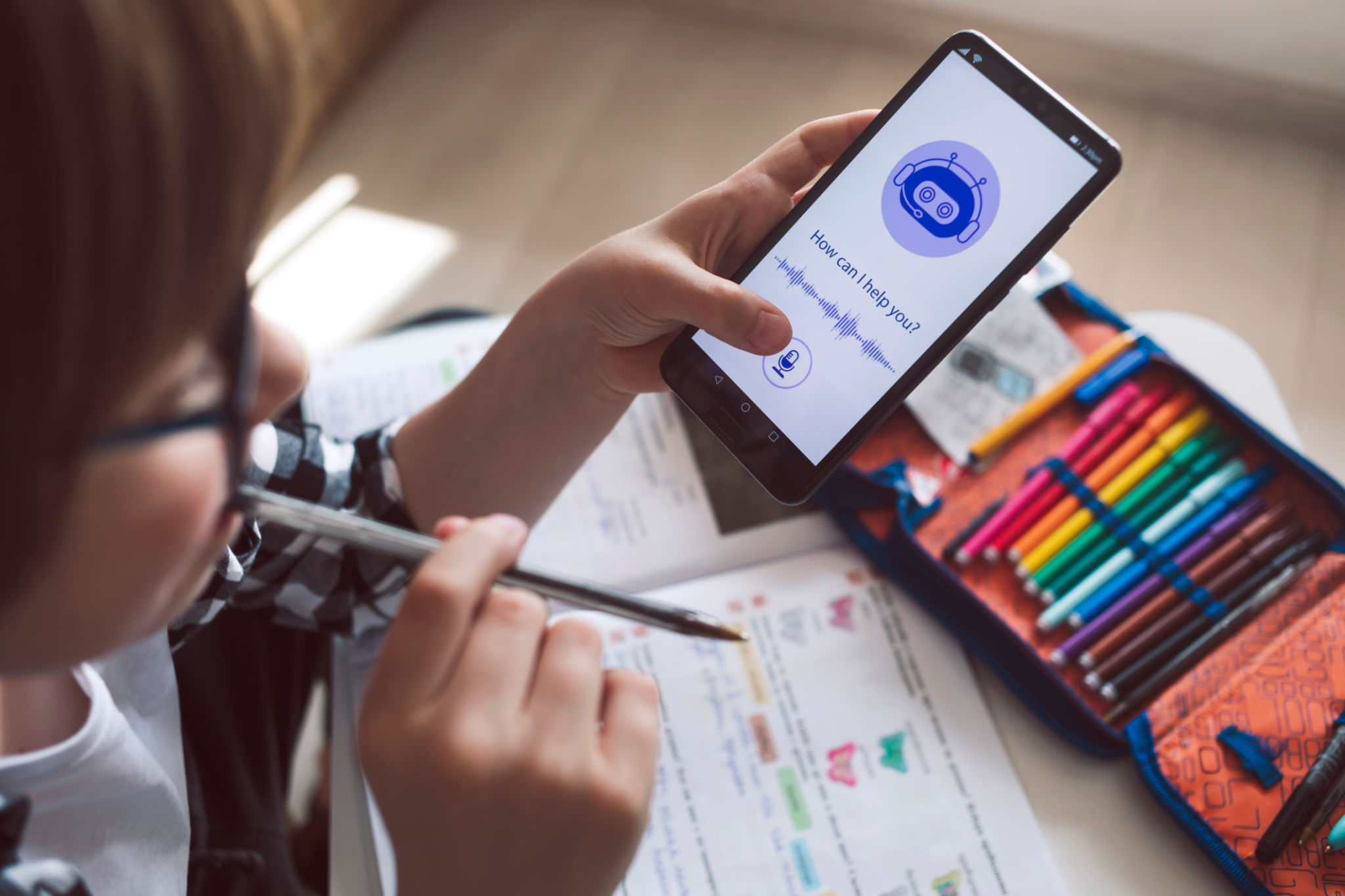Debunking Common Myths About AI in Web Design
Introduction
The integration of Artificial Intelligence (AI) in web design is a hot topic, often surrounded by myths and misconceptions. In this blog post, we'll debunk some of the most common myths about AI in web design, providing clarity on what AI can and cannot do.

Myth 1: AI Will Replace Human Designers
One of the most prevalent myths is that AI will replace human designers. While AI can automate certain tasks, it cannot replicate the creativity and intuition of a human designer. AI tools are designed to assist, not replace, providing designers with more time to focus on creative aspects.
AI can handle repetitive tasks like resizing images or generating layout options, but the unique touch of a human designer is irreplaceable. AI serves as a powerful tool that enhances the design process by offering data-driven insights and efficiency.
Myth 2: AI Design Tools Are Too Complex
Another common misconception is that AI design tools are too complex for the average designer. In reality, many AI tools are user-friendly and designed to integrate seamlessly into existing workflows. They often come with intuitive interfaces that require minimal training.

These tools are crafted to be accessible, allowing designers of all skill levels to take advantage of AI's capabilities without needing extensive technical knowledge.
Myth 3: AI-Driven Designs Lack Creativity
Some believe that AI-driven designs lack creativity, resulting in generic and uninspired outcomes. However, AI can enhance creativity by providing inspiration and suggesting innovative solutions that a designer might not have considered.
By analyzing vast amounts of data, AI can identify patterns and trends that inform creative decisions, ultimately enriching the design process rather than stifling it.

Myth 4: AI Only Benefits Large Companies
There's a misconception that only large companies can benefit from AI in web design due to high costs and resource requirements. In truth, many AI tools are scalable and affordable, making them accessible to small and medium-sized businesses as well.
AI can level the playing field by allowing smaller companies to compete with larger ones, offering tools that optimize the design process and improve user experience without breaking the bank.
Conclusion
AI in web design is a powerful ally, not a threat. By debunking these common myths, we can better appreciate the role AI plays in enhancing creativity, efficiency, and accessibility in design. Embracing AI tools can lead to innovative and effective web designs that cater to diverse needs and industries.
